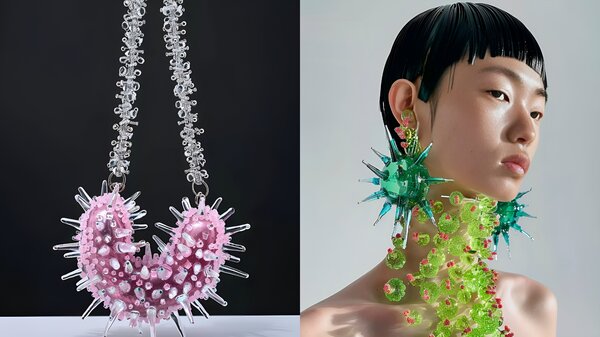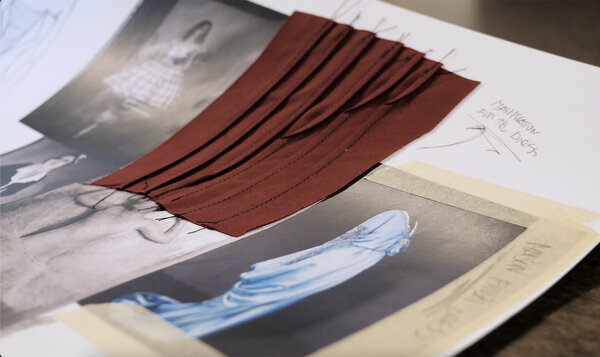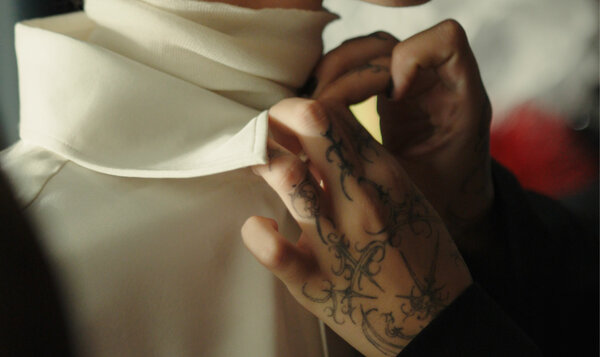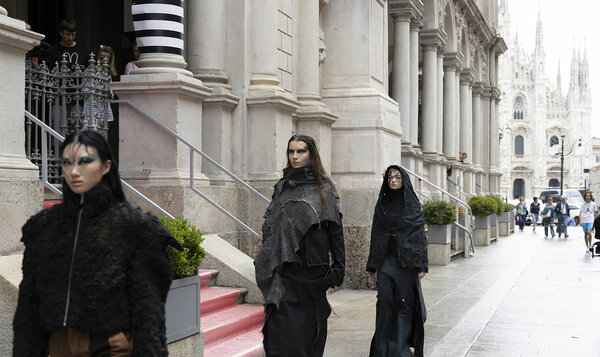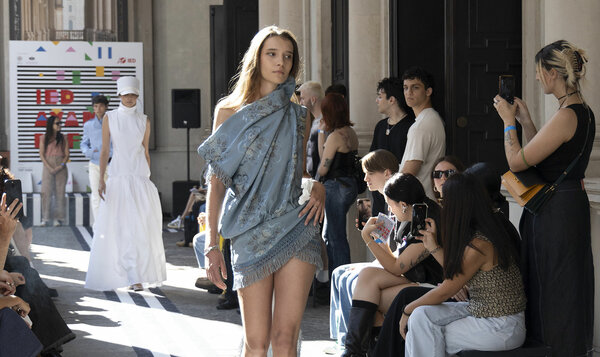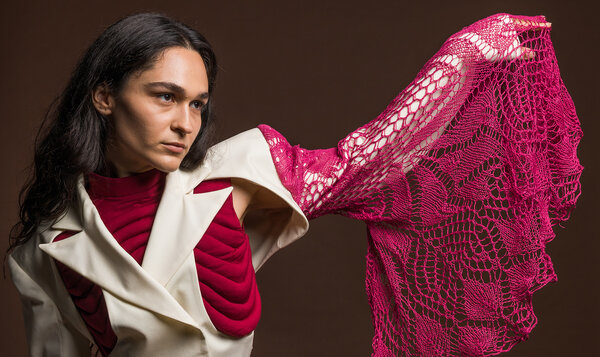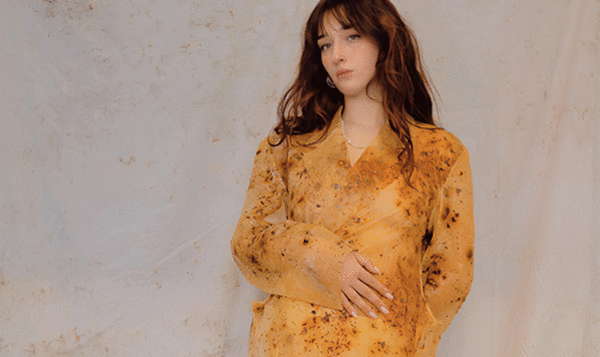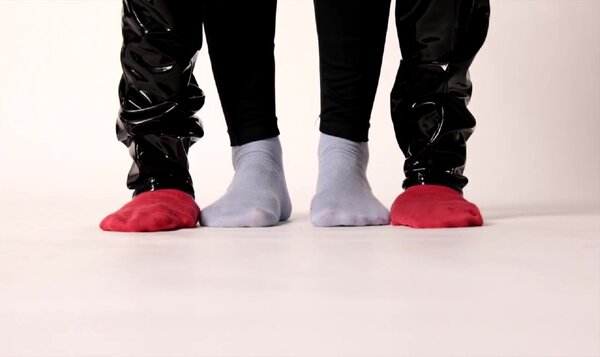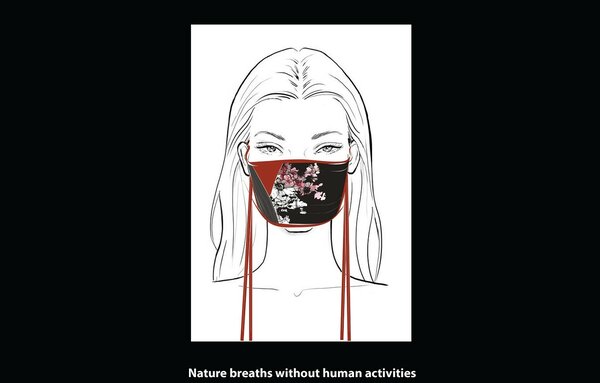
Fashion Stylists: who they are, what they do and how to become one
Who are they and what do they do?
The Fashion Stylist is a professional who, through the selection of clothing and accessories, is responsible for the visual communication of a brand, an event, or an individual.
Their task is not only to interpret socio-cultural and fashion trends, translating them into a selection of outfits; the Fashion Stylist narrates the style and its evolution in society, illustrating garmentts and collections and grasping the hidden meanings behind the work of fashion houses.
Role and responsibilities
The Fashion Stylist dedicates themselves to an in-depth study of fashion trends, selecting clothes and accessories to create outfits that enhance models and celebrities at events, fashion shows, and photo shoots.
Through their knowledge of trends and fashion history, they interpret the visual language of brands and designers, helping to shape their distinctive image. Working closely with photographers, designers and other members of the creative team, coordinating every detail of the visual aspect to ensure optimal aesthetic impact. Their ability to transform creative ideas into visual reality makes them a central figure in the fashion and entertainment industry.
This role, as we know it today, originated in the 1980s, with editorials in printed fashion magazines. The Stylist's role was to oversee the photo shoots while taking into account the editorial line of the magazine.
Career and salary
Fashion Film Director
Among the various specializations of Fashion Stylist, one related to the cinematic world involves one related to the cinematic world involves professionals capable of managing the entire development process of a Fashion Film, from the creative vision to coordinated communication with all the actors involved in the project. Becoming a Fashion Film Director requires specific training, such as a vocational Master's Degree covering various creative, technical, and production aspects.
Fashion Stylist for fashion magazines
This role consists of editing the fashion features of the newspaper, be it on a weekly or monthly basis. This is done by taking note of the new trends that are presented by fashion houses at events and fashion shows, and then agreeing with the magazine's Editor-in-Chief and Fashion Editor on the topics to be covered in the various editorials. Only then does the selection of the garments required for the shoot take place.
Fashion Stylist for fashion houses
The Fashion Stylist can also act as a consultant to the creative director of fashion houses, working closely with the styling office. Their support lies in the research and inspiration phase, as well as stylistic comparison.
Fashion Stylist for companies
Stylists can be contracted by companies to edit advertising campaigns and catalogues. In the former case, the main interlocutor is the company’s marketing department, and the stylist must consider the message and purpose of the campaign. In the case of lookbooks, it is the company’s business card, which through its sales network has to look for buyers for its products.

IED Open Days
We look forward to meeting you in person at our premises and online, to learn more about our teaching offerings, get to know our services and interact with coordinators, lecturers and students.
Skills and training
Specific training is a fundamental pillar for successfully starting or consolidating a career as a Fashion Stylist.
In addition to the theoretical preparation acquired either by attending specialised courses or through in-depth research archival study, a competent stylist must be able to identify the elements they need within a given fashion period or trend, and be able to bring them together to create a story. It is also essential to have a creative attitude and an aesthetic sensibility capable of conveying visionary insights.
In addition to creative and theoretical skills, the stylist must also be able to coordinate a team of professionals, as they will often work in close cooperation with various figures during photo shoots or video productions. The ability to communicate effectively and delegate responsibilities efficiently are indispensable qualities required to excel in this dynamic and competitive field of fashion.
How to become a Fashion Stylist
Are you looking for a structured course to become a Fashion Stylist? Every year, the courses conducted by IED train professionals to navigate the complex scenarios of fashion and visual communication.
Become a professional in the fashion industry with IED: find out about all the courses and start your educational journey!











